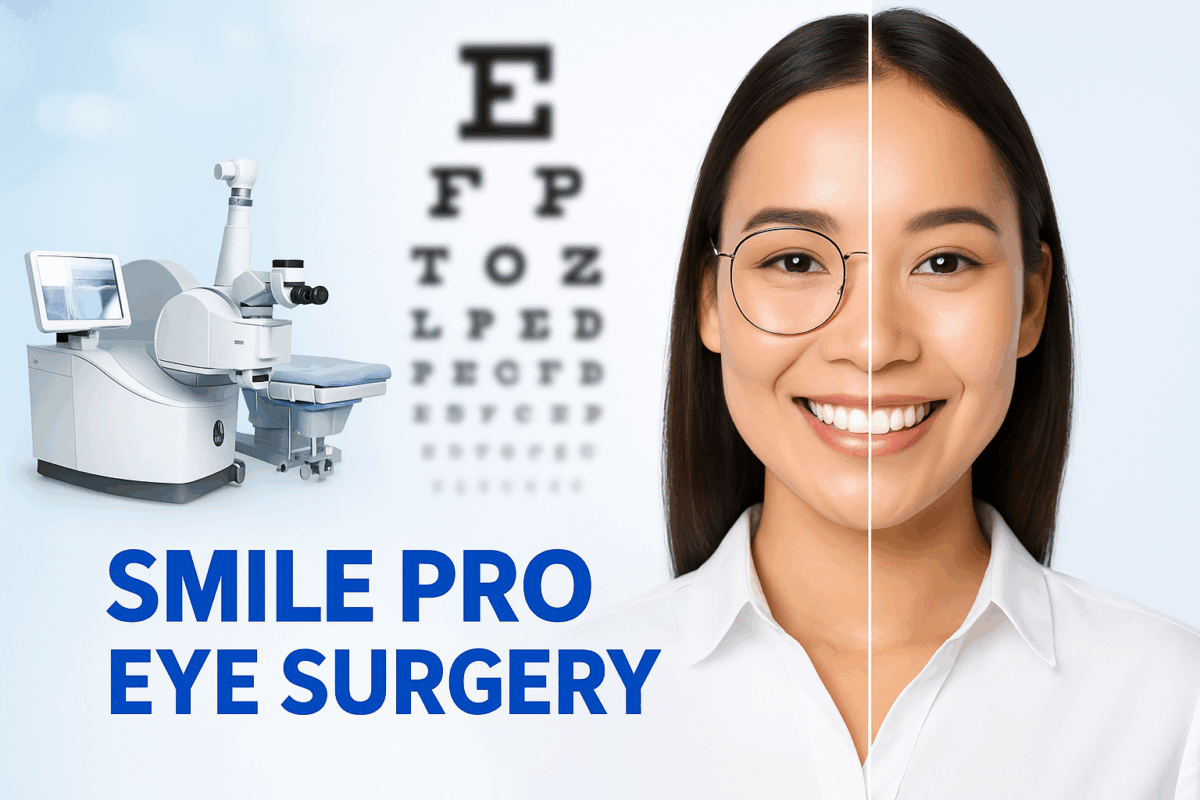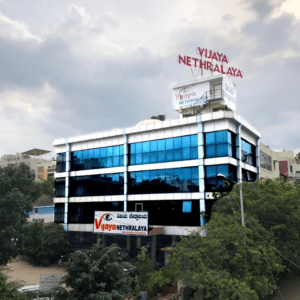In the realm of modern medicine, lasers have brought about a revolutionary transformation in various medical procedures; ophthalmology stands as no exception. The integration of lasers in eye treatments has not only paved the way for more precise, less invasive, and highly effective procedures, but it has also reshaped the landscape of vision correction and the management of serious eye conditions. This application of lasers in ophthalmology has fundamentally altered the approach to eye care, ushering in a new era of innovative treatment strategies.
Introduction: The Marvel of Ophthalmic Lasers
In recent decades, lasers have become a powerful tool in the field of ophthalmology. The precise and controlled energy emitted by lasers has made it possible to perform delicate procedures with minimal damage to surrounding tissues. This article delves into the various applications of lasers in eye treatments, highlighting their effectiveness in treating a wide range of eye conditions.
The Different Types of Ophthalmic Lasers:
Nd:YAG Laser
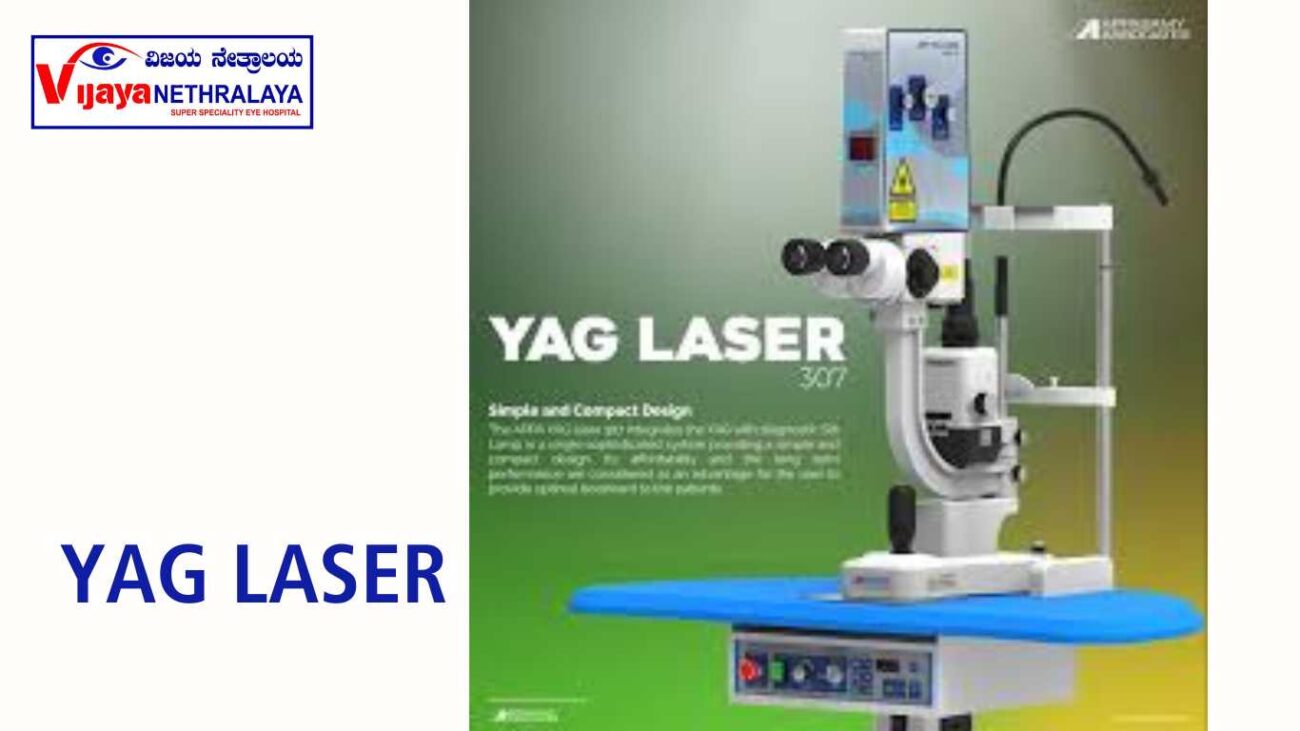
The Neodymium-doped Yttrium Aluminum Garnet (Nd:YAG) laser finds its application in posterior capsulotomy, a procedure to restore vision after cataract surgery. This laser is capable of creating a small opening in the cloudy posterior capsule, allowing light to pass through and restore clear vision.
Excimer Laser:
The Excimer laser is synonymous with laser vision correction procedures like LASIK and PRK. Its precision in removing corneal tissue has made it a popular choice for reshaping the cornea and addressing refractive errors such as nearsightedness, farsightedness, and astigmatism.
Argon Laser:
Medical professionals commonly employ the Argon laser for treating retinal conditions, such as diabetic retinopathy and retinal tears. Its focused thermal energy helps in sealing leaking blood vessels and repairing retinal tears, preventing further damage to the retina.
Femtosecond Laser:
With ultra-short pulse durations, the Femtosecond laser has revolutionized procedures like flap creation in LASIK surgery and cataract removal. Its exceptional precision and minimal impact on surrounding tissues have contributed to faster recovery times and improved outcomes.
Laser Vision Correction: Reshaping Clarity
LASIK Surgery:
LASIK (Laser-Assisted In Situ Keratomileusis) has emerged as a transformative procedure for vision correction. By utilizing the Femtosecond laser to create a thin corneal flap, the Excimer laser reshapes the cornea’s curvature, thereby correcting refractive errors effectively.
PRK Surgery:
Photorefractive Keratectomy (PRK) predates LASIK and involves the direct reshaping of the cornea’s surface. Although recovery takes slightly longer, PRK is a viable option for individuals with thinner corneas or those unsuitable for LASIK.
Treating Retinal Conditions with Lasers
Diabetic Retinopathy
Diabetic retinopathy, a complication of diabetes, can lead to vision loss. Laser treatment, known as focal photocoagulation, targets abnormal blood vessels, reducing their leakage and preserving vision.
Retinal Tears and Detachments
Laser photocoagulation plays a vital role in treating retinal tears by creating scars that adhere the retina to the underlying tissue. This prevents retinal detachment, a serious condition that can cause irreversible vision loss.
Glaucoma Management: Easing Intraocular Pressure
Laser procedures like Selective Laser Trabeculoplasty (SLT) help manage glaucoma by improving the outflow of aqueous humor from the eye, thus reducing intraocular pressure and preventing optic nerve damage.
Laser Treatment for Cataracts: Enhancing Clarity of Vision
In cases of cataracts, the clouded natural lens is replaced with an intraocular lens (IOL). The Femtosecond laser aids in precise incisions for IOL placement, enhancing vision clarity and reducing reliance on glasses.
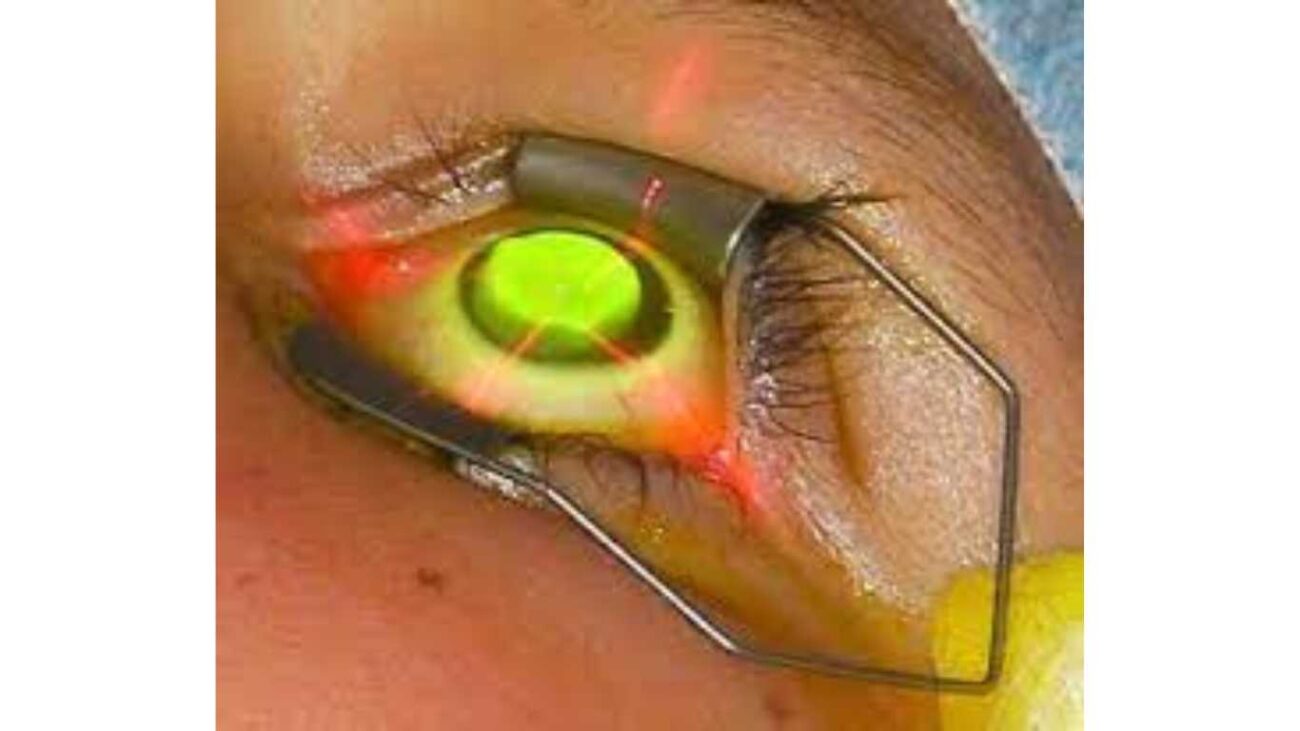
The Precision of Selective Laser Trabeculoplasty (Laser in eye):
SLT, a minimally invasive procedure, utilizes the energy of the laser to selectively target specific cells in the eye’s drainage system. This innovative approach reduces intraocular pressure, helping patients manage glaucoma effectively.
Pediatric Ophthalmology and Laser Interventions (Laser in eye):
Laser treatments find their place in pediatric ophthalmology, aiding in the management of conditions like retinopathy of prematurity (ROP). The controlled energy of lasers helps prevent abnormal blood vessel growth in the developing retinas of premature infants.
Embracing the Future: Advancements in Laser Technology:
As technology evolves, so do ophthalmic lasers. From adaptive optics that enhance laser accuracy to personalized treatments based on wavefront analysis, the future holds even more promising developments in the field of eye care.
Safety and Risks Associated with Ophthalmic Lasers:
While ophthalmic lasers offer numerous benefits, it’s essential to acknowledge potential risks, such as infection, overcorrection, or undercorrection. These risks are significantly mitigated by selecting experienced and skilled ophthalmologists.
Exploring Benefits and Limitations (Laser in eye):
The benefits of laser procedures are substantial, including minimal pain, faster recovery, and reduced dependence on corrective eyewear. However, not all eye conditions can be treated with lasers, and individual suitability should always be assessed.
The Role of Lasers in Eye Aesthetics (Laser in eye):
Beyond medical applications, lasers find utility in cosmetic purposes, such as addressing eye wrinkles or eliminating tattoos from the eyelids. Achieving these procedures demands meticulous precision and should solely be executed by skilled professionals.
The Human Touch in Ophthalmic Laser Procedures (Laser in eye):
While lasers provide advanced solutions, the expertise of ophthalmologists remains crucial. Patient consultations, personalized treatment plans, and compassionate care ensure a holistic approach to eye health.
Navigating Costs and Insurance Coverage (Laser in eye):
The cost of laser procedures varies based on the type of treatment and geographical location. Some procedures may be covered by insurance, especially if they are deemed medically necessary. It’s essential to discuss financial aspects with your healthcare provider.
Author Details:
Dr. Sushruth Appajigowda holds a prominent position as a Cornea, Cataract, Glaucoma, and LASIK Surgeon in Bangalore. He serves as the chief Cataract and Refractive surgeon at Vijaya Nethralaya Eye Hospital, Nagarbhavi Bangalore. Renowned as one of the finest LASIK surgeons nationwide, he brings with him over 12+ years of experience across multiple LASIK platforms, including ZEISS, ALCON, SCHWIND, AMO, and Bausch and Lomb. Having successfully conducted over 5000 LASIK procedures, Dr. Sushruth holds the title of a Certified Refractive Surgeon and a Fellow of the All India Collegium Of Ophthalmology. Furthermore, he stands as a distinguished speaker at various National and International Forums, using his expertise to guide you in selecting the most suitable procedure based on your health requirements.
Conclusion: Illuminating a Clearer Future for Eye Care
In the realm of eye care, lasers have illuminated new possibilities. With their precision, safety, and effectiveness, ophthalmic lasers have transformed the way we approach vision correction and treatment of various eye conditions.
FAQs:
- Are laser procedures painful? Laser procedures are generally well-tolerated, with minimal discomfort. Anesthetic eye drops are used to ensure patient comfort during the procedure.
- Can lasers treat all eye conditions? While lasers are effective for many eye conditions, they may not be suitable for every case. Consulting with an ophthalmologist is crucial to determine the best treatment approach.
- What is the recovery process like after laser eye surgery? Recovery times vary based on the procedure. Some patients experience improved vision within a day or two, while others might take a few weeks for complete recovery.
- Are there any side effects of laser treatments? Mild side effects like dry eyes, glare, or halos around lights are temporary and tend to subside as the eyes heal.
- How do I know if I’m a candidate for laser vision correction? A comprehensive eye exam and consultation with an ophthalmologist will determine your candidacy for laser vision correction based on your eye health, refractive error, and other factors.

